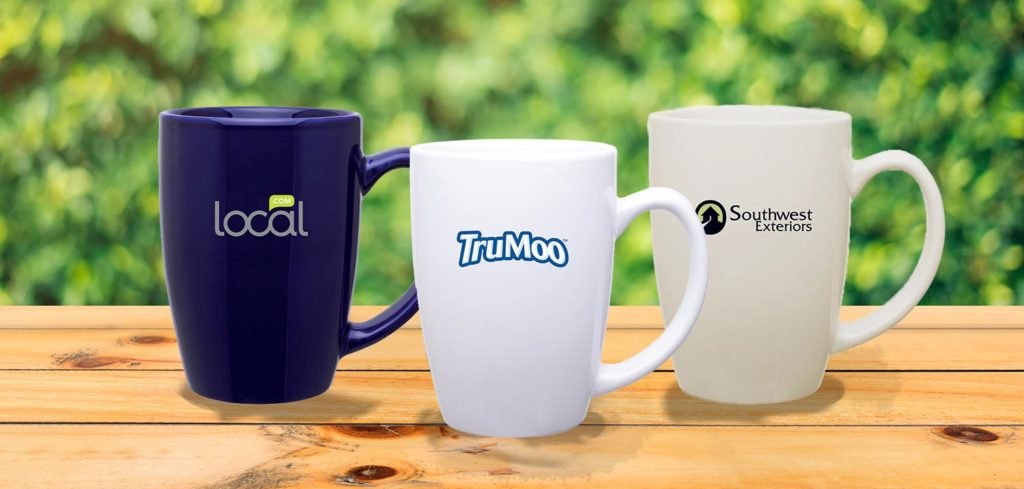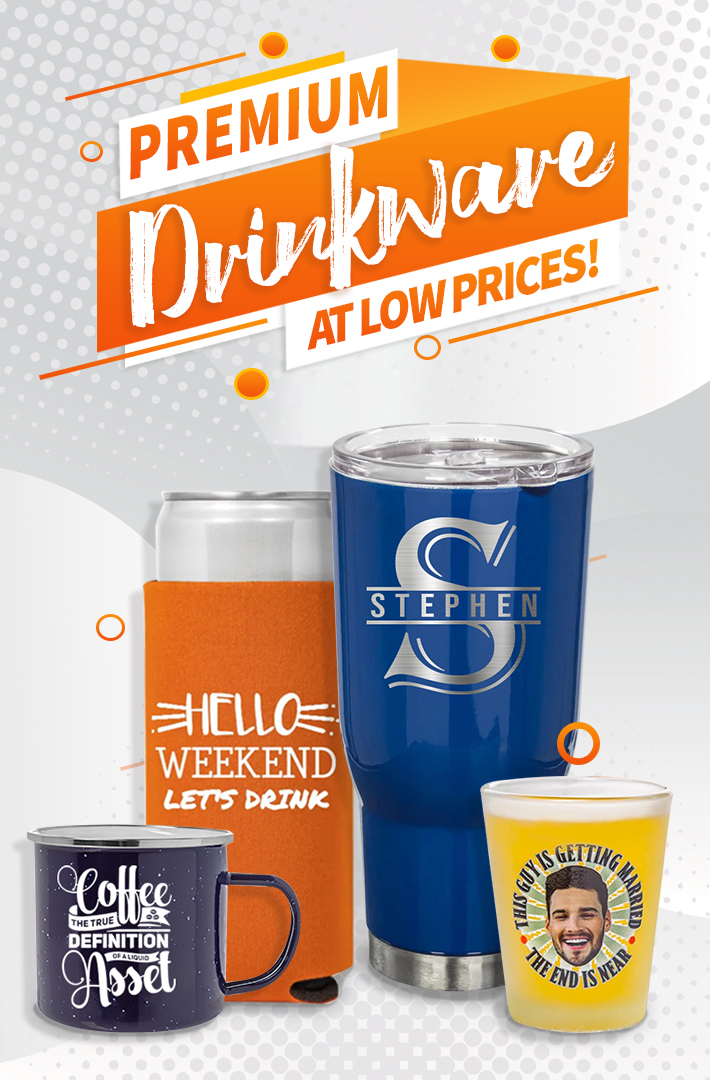
Once you’ve decided on the incentive, you must choose the timing of the delivery of the customized items.
Timing can either immediate or delayed or a combination of the two. With an immediate-timing incentive, the targeted customer gets the reward just for showing up. There’s no requirement that he or she purchases the product or associate with it all.
No commitment is required. The advantage: Your customers’ greater willingness to participate in the promotion. The risk: It will fail to generate the sales you need to make the program worthwhile. There will be increased costs associated with the promotion. What if there is no increase in sales as a result? Disaster. Your projections must be realistic. Some programs will be deemed successful even if only a fraction of the participants become purchasers. Others need higher levels of conversion from participants to customers to break even. It’s all a matter of calculating cost and payback.
When your grocery store is giving away free hot pizza snacks in the frozen-pizza aisle, that’s an immediate-timing promotion. And enough of your customers are buying pizzas after that taste to make it a successful technique.
With a delayed-timing incentive, the target audience must make some move toward affiliating with the product to receive the reward. This is pure behavioral science at work. A typically delayed incentive might be to require customers to buy one product to get that free tenth cup. They have to show up at your open house to enter your drawing, It’s important to note that a purchase is not necessarily required just some commitment on the part of the prospect, some indication that he or she is willing to affiliate with the product.
Whether to require a purchase is a component of your promotional strategy, related to your cost projections and the rest of your marketing plan. This decision depends on the purchasing behavior that’s typical with the product or service you are selling. When the cost of purchase is low, the strategy should be to require multiple purchases before delivering the incentive.
This is the logic behind multiple-purchase devices like coffee cards, where a total of so many purchases might qualify you for a free card, where a total of so many purchases might qualify you for a free item of similar value. This is used frequently by video stores as well; note that we are talking about items for similar (low) price points that are frequently purchased. With big-ticket items, durable goods, you are more likely to see discounts or rebates offered on the first purchase. A car purchase will often qualify you for a significant cash rebate.
You can blend immediate and delayed timing strategies. An example: Two banks have merged, and hold an open house to familiarize customers with the new combined identity. An announcement is mailed to current customers of both
Each announcement is individually numbered. For each day of the event, the bank pulls a winning number and posts it. The customer may be an instant winner immediate timing but he or she must come into the bank to find out if he or she holds a winning number. That commitment of visiting the bank is required, a feature of a delayed timing strategy.
Whether you choose immediate or delayed timing will depend on your predictions about the rate of response. Cost and payback projections will guide you to the right decision.



